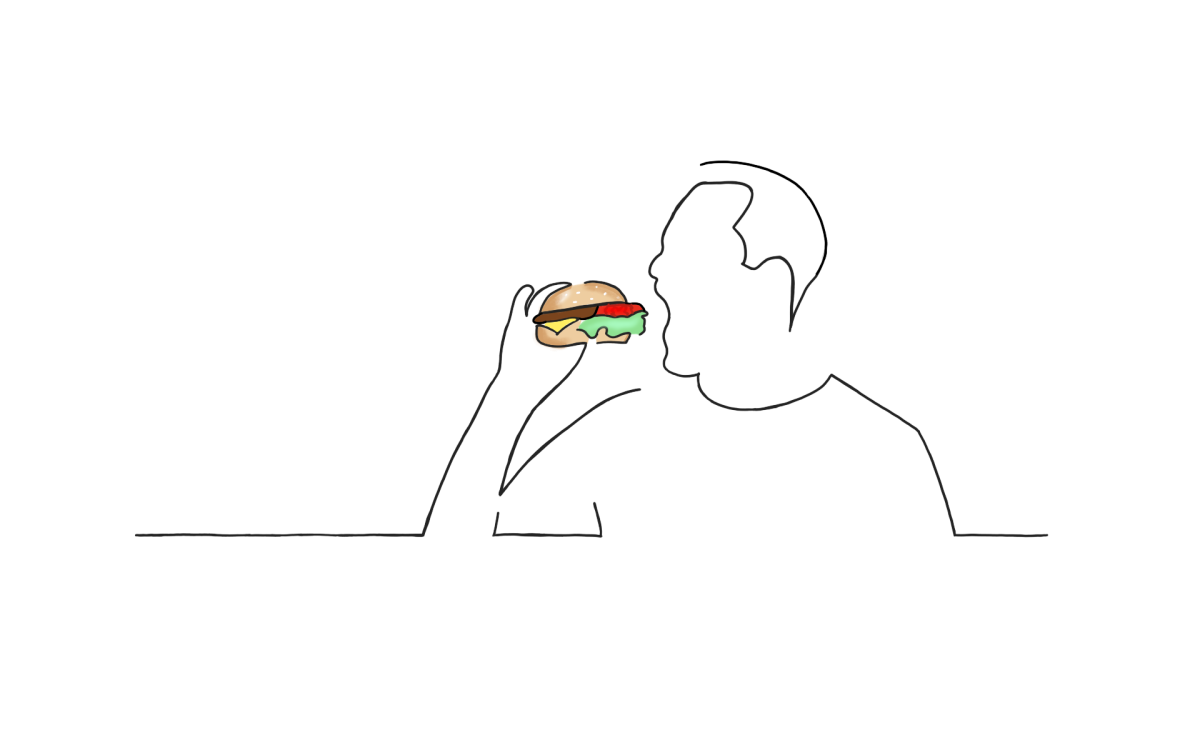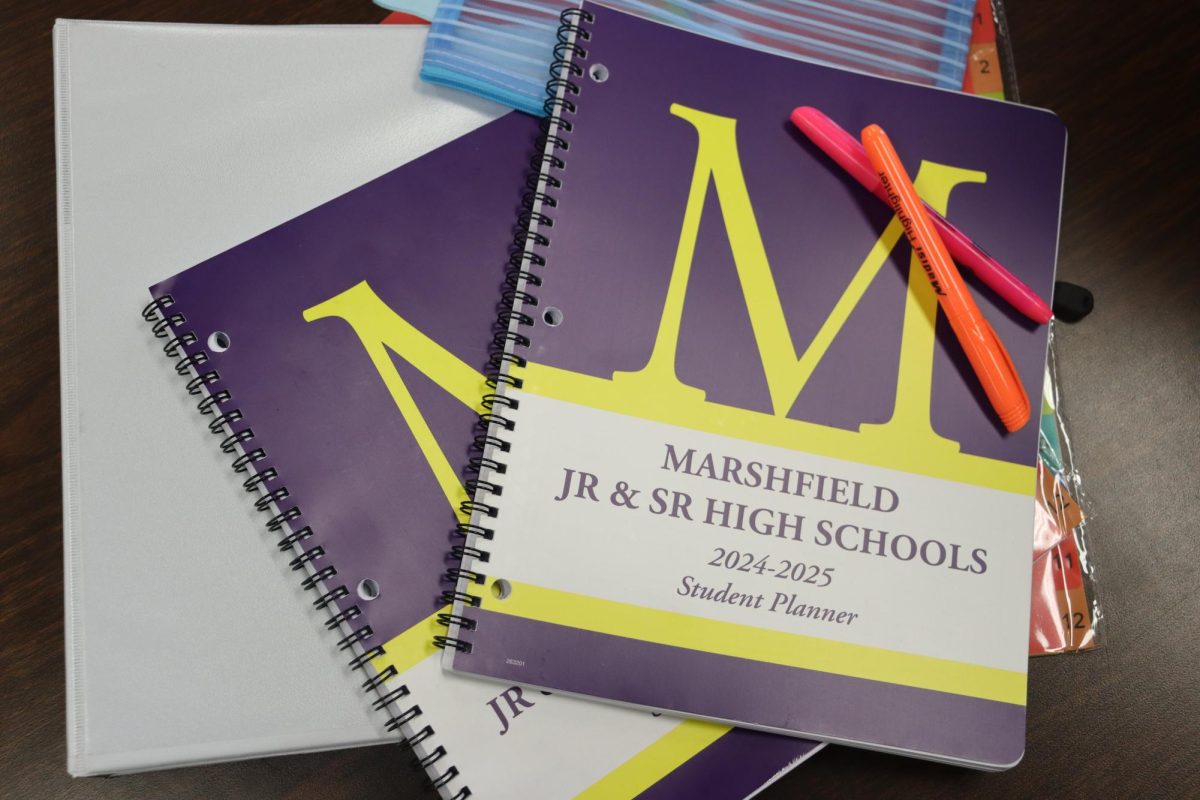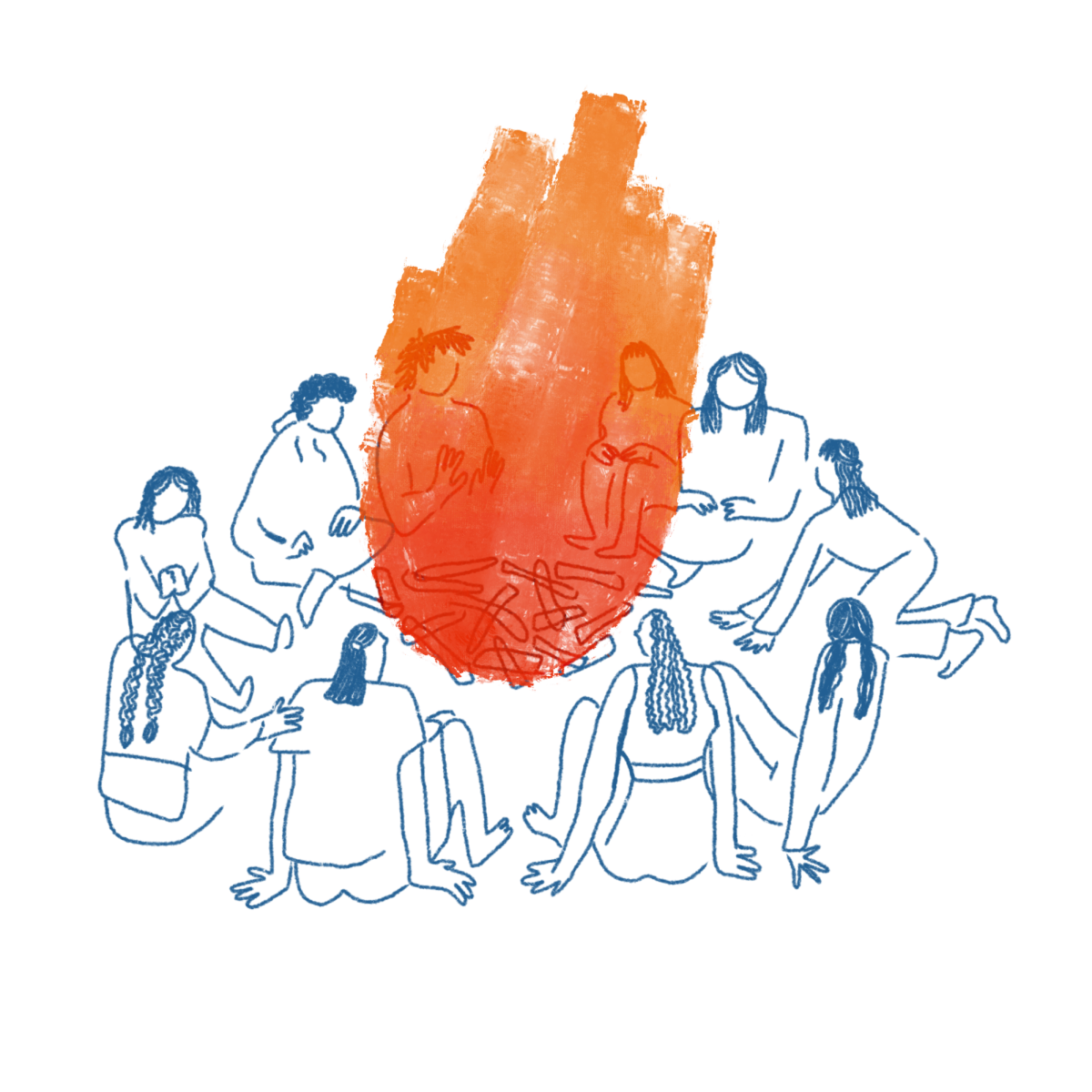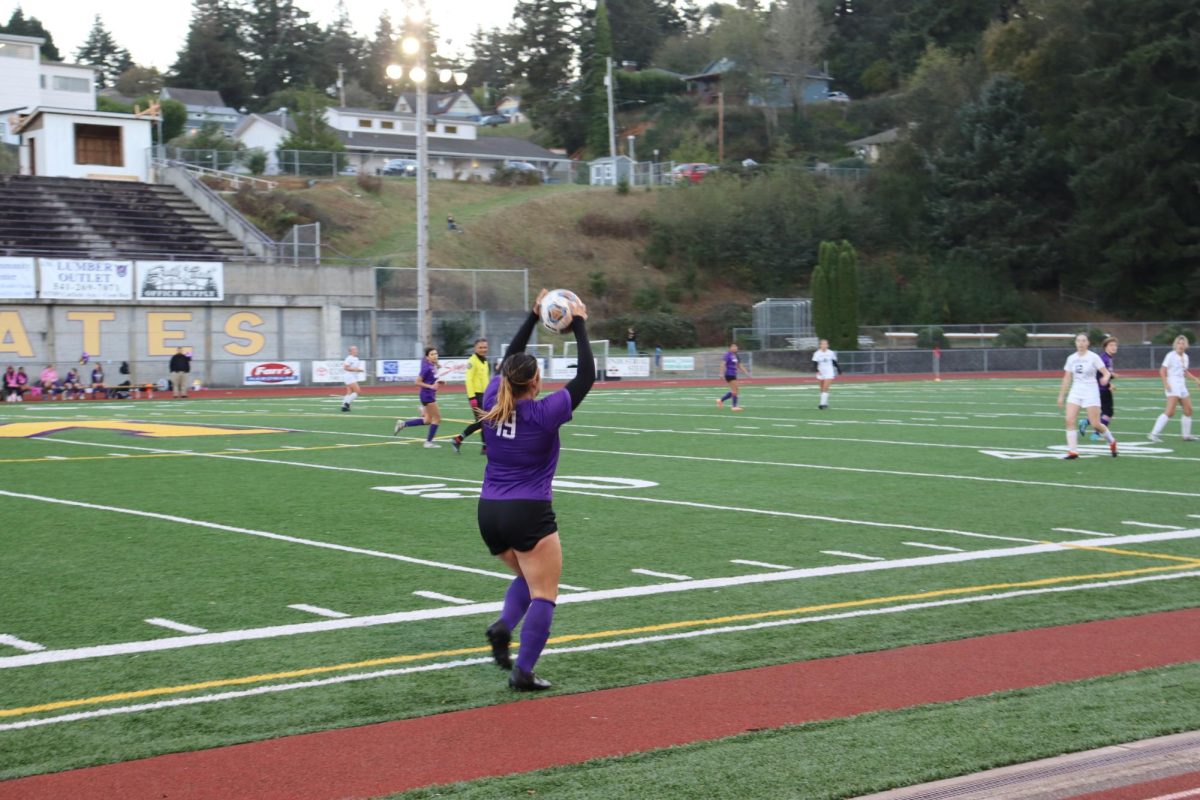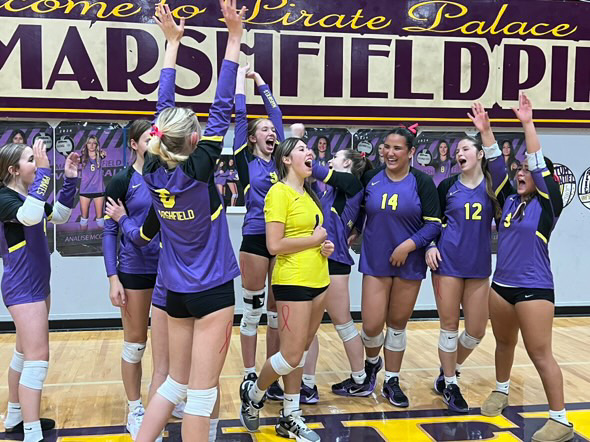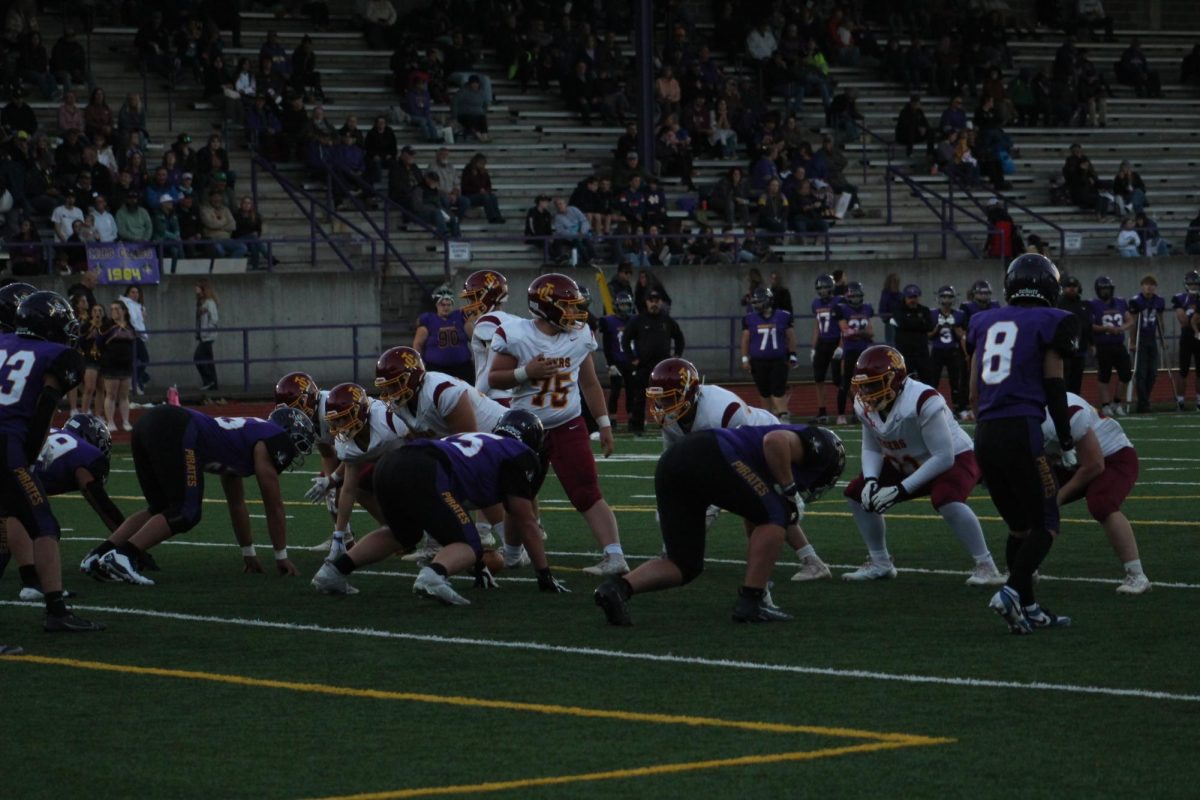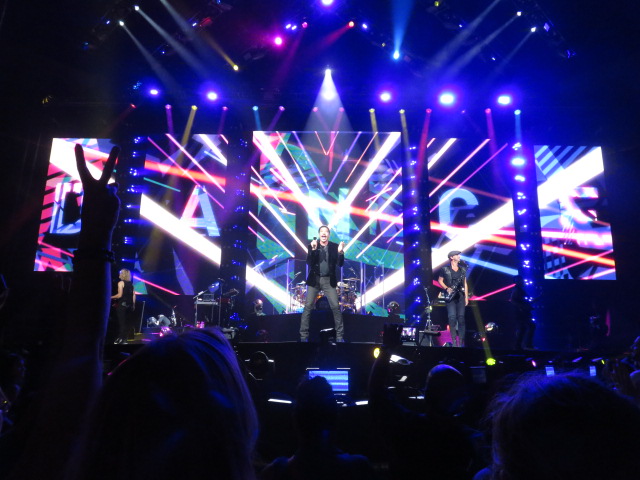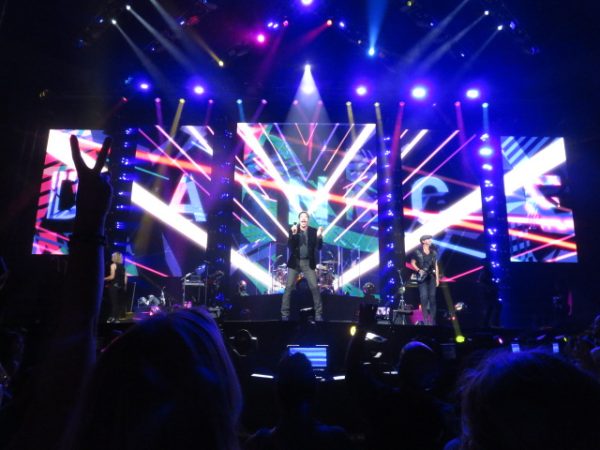Energy Drinks: Do they really give you wings?
According to ResearchGate, about 33% of high school students drink energy drinks and 16.4% of these students reach for them several times a week. What’s more, the energy drink industry is expected to grow by 7.1% by 2027 to an estimated $86.1 billion.
Energy drinks, which offer huge amounts of caffeine and sugar, continue to rise in popularity with high school students. Drinks such as Monster, Red Bull, and Rockstar are the worst offenders. They are used originally as a needed pick-me-up for those low on energy, but used daily, they can create a full-on addiction. The long-term effects of such drinks is still unknown on teens. Students at Marshfield High School are no exception; although they are not available on campus, many students bring them from home.
Some students drink them to try the fun, different flavors; others because they had a rough night and need the caffeine to get through the day. Major energy drink companies are coming out with new flavors just to draw in the average consumer.
“High school is hard, so students need energy to get through the day,” said MHS student Jamison Batdorff. “Especially after staying up late doing homework or studying for a test.”
But energy drinks may not be the solution for low energy. With all of the added sugar, it is known that energy drinks can have negative health effects. Short-term difficulties include increased heart rate, headaches, insomnia, stomach aches, and hyperactivity. Long-term effects include tooth decay, obesity, type 2 diabetes, higher blood pressure, and sleep interruptions. These drinks have been proven to be linked with high-risk behaviors in adolescents such as smoking, drinking alcohol and other drug use–not to mention fighting and impulsive actions.
Additionally, while teens knowingly acknowledge the health risks of consuming energy drinks, they still do very little to minimize or avoid energy drinks. While parental figures might ban energy drinks at home, many teens get them from others who have more freedom to knock back can after can.
“I think that energy drinks will have effects on my health but I really don’t care,” says junior Caitlyn Browning.
Instead of focusing on the consequences of guzzling their favorite energy drinks, teens often live for the here and now. When inundated with health concerns from many different angles, it’s easy to get overwhelmed with being health conscious and give in to the energy boost, however temporary.
Some students admit to drinking them to get through sporting events.
“I drink them before football games,” said junior Ricardo Chacon-Hughes. “They give me an energy boost to get through the game and make good plays.”
Yet other students chug their favorite drink for other reasons: sleep. For students with attention deficit hyperactive disorder, caffeine and other stimulants can sometimes help calm down the body, instead of speed it up. They work to slow down the nervous system, which helps relax for sleep. While energy drinks are not proven to work as well as diet and medication to help slow down the body in the case of ADHD, it is a common use.
Regardless of usage, it is never too late to curb a caffeine or energy drink addiction. Not only are they bad for health, but all of these beverages are expensive–with a price tag that has only increased in recent years. The global energy drink market is worth upwards of $48 billion.
“We used to pay about two dollars for one drink,” said Chacon-Hughes. “Now it’s over five dollars.”
As with anything, cutting down on energy or caffeine dependency can be done slowly. Not only would it benefit health, but it would save money.
“I think if you stopped drinking caffeine your overall health might be better,” said student Ava Gauthier. “Even though you might still want to drink them, you might eventually not need to depend on them to get through the day.”
Your donation will support the student journalists of Marshfield High School. Your contribution will allow us to purchase equipment and cover our annual website hosting costs.

Senior Mahlia Black is a fourth year member of the Marshfield Times. This will be her second year as editor-in-chief. This is also her fourth year being...

Myla Johnson is a senior and a 4 year member of The Marshfield Times journalism staff. This is her second year serving as Managing Editor. She is involved...


